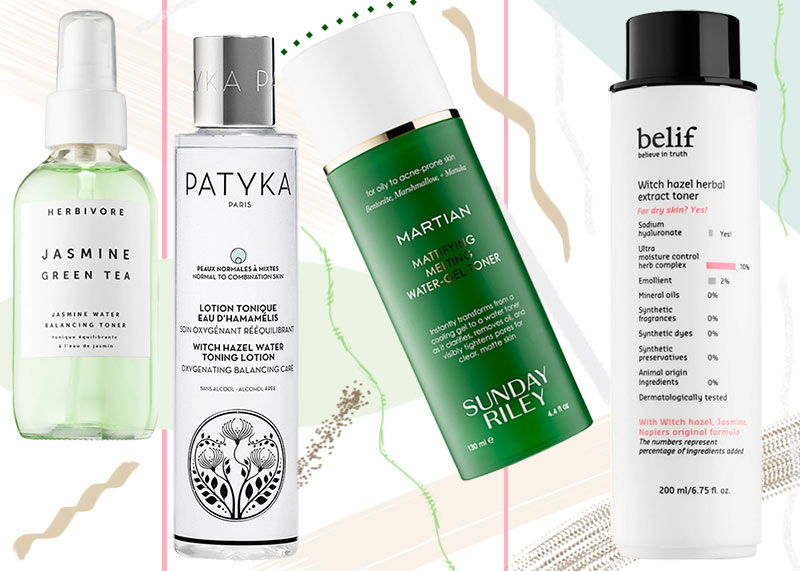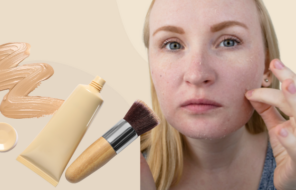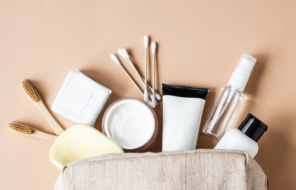Today, we turn our focus to witch hazel, a skincare ingredient that is ubiquitous and yet rarely discussed. This wonderful and all-natural ingredient is a well-known astringent with a skin-soothing effect, which is why there are so many witch hazel toners out on the market.
In this article, we explain what witch hazel is, and how its extract is created. We outline all of the witch hazel skin benefits, and how they correspond with different skin types and conditions. We also talk about witch hazel side effects, although don’t worry, there aren’t many! Lastly, we’ll make sure you know exactly how to use witch hazel in your skincare routine to achieve the best results.
In this article:
- What Is Witch Hazel?
- What Are the Witch Hazel Benefits for Skin?
- Are There Any Side Effects of Witch Hazel for Skin?
- How to Choose Witch Hazel Products for Your Skin?
- How to Use Witch Hazel in Skin Care?
What Is Witch Hazel?
Witch hazel is a shrub primarily native to North America. There are four different types of witch hazels that grow in the US and Canada, and two more that grow in East Asia, but the variety of witch hazel that is so frequently used in skin care is Hamamelis virginiana. This plant is turned into an extract that contains many tannins and flavonoids, which have an astringent effect on the skin, along with some other benefits.
It was Native Americans who first started using witch hazel concoctions as a skin remedy to treat rashes, insect bites, and other irritations. The puritans that first landed on the new continent quickly borrowed this natural remedy, along with other remedies, from the natives.
Witch hazel is normally created through a steam distillation process that creates a hydrosol, although it can also be created through an alcohol or glycerin extraction process.
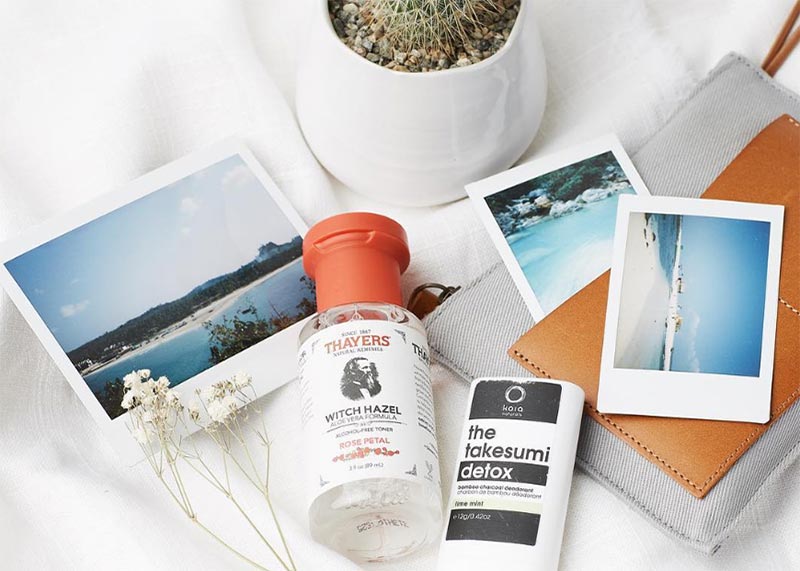
During the steam distillation process, the leaves, flowers, bark or twigs are boiled in water, and then the steam is collected in a separate container. The steam cools to become witch hazel hydrosol.
The hydrosol is the superior form of witch hazel, as it is free of alcohol and it contains proanthocyanidins – tannins that help counter and mitigate allergic reactions in the skin.
Other compounds worth mentioning are quercetin, hamamelitannin, and gallic acid. They each have anti-inflammatory, antioxidant, and astringent properties that come together to make witch hazel fabulous for the skin.
What Are the Witch Hazel Benefits for Skin?
- Due to the high content of tannins, witch hazel skin benefits include an ability to tighten the skin – particularly, the pores. This astringent effect makes witch hazel an excellent addition to toners for those who have large or easily clogged pores.
- Witch hazel is a wonderful anti-inflammatory agent. It helps to soothe redness, itchiness and swelling associated with skin sensitivities, as well as acne or bug bites. This is because of a blend of compounds in it including tannins, flavonoids, and gallic acid.
- Like many other botanical extracts, witch hazel also has antioxidant properties. Antioxidant ingredients are a very important part of anti-aging skin care because they help to mitigate the damage caused to the skin by factors like pollution and sun exposure (known as free radical damage).
- Traditionally, witch hazel is said to help with circulation and reduce the appearance of varicose veins and cellulite, or to speed up the healing of bruises. For these reasons and because it is such a great anti-inflammatory, it is also frequently used as a treatment for hemorrhoids. Keep in mind that such benefits are not proven, but trying witch hazel out for them does not hurt!
- Witch hazel is extremely popular as a post-shaving treatment. It soothes the irritated skin, and it helps to tighten the pores and prevent ingrown hairs.
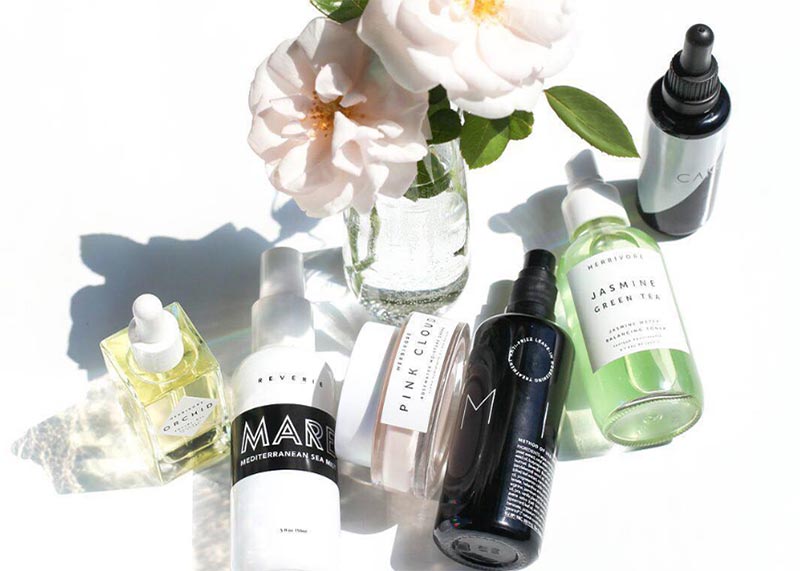
Are There Any Side Effects of Witch Hazel for Skin?
As with any skin care ingredient, witch hazel can also cause allergies, although we have to admit that they are extremely rare. To prevent having an allergic reaction, do what I always recommend: patch test.
Apply a bit of witch hazel to your forearm or upper arm area, and just wait. If your skin doesn’t flare up in an itchy rash, then you will likely be absolutely fine using witch hazel on your face.
The second concern doesn’t actually apply to witch hazel itself. Many witch hazel toners and skin care formulas also contain alcohol, whether it’s due to the extraction process, or because it was added to the toner later on. While a small amount of alcohol is not an issue for those with oily skin, it can certainly dehydrate the skin if you’re not careful to moisturize afterwards.
How to Choose Witch Hazel Products for Your Skin?
Witch hazel is mostly used in toners and lotions, and choosing one you should take your skin type into account.
Witch Hazel Skin Benefits for Normal and Combination Skin
Those with normal and combination skin can certainly use products with witch hazel, for the pore-tightening and skin-soothing effect. If you have combination skin with larger pores on some parts of your face and smaller pores on other parts, you can even use a witch hazel toner only on the parts of your face that lean towards oily.
However, a balanced witch hazel toner that is alcohol free can easily be used all over the face even if you’re completely balanced between oiliness and dryness.
Witch Hazel Skin Benefits for Oily Skin
If your pores are on the larger side, and you also tend to get greasy or oily throughout the day, then witch hazel toners were practically created for you. Witch hazel skin benefits for those with oily skin are many, since this product is a super gentle astringent.
Witch hazel is able to tighten the pores, which appear annoyingly large when you have oily skin. Witch hazel can show up in formulas with alcohol, which will mattify your skin (just make sure to moisturize afterwards).
It also combines beautifully with salicylic acid, if you would like the extra pore-clarifying and exfoliating properties.

Witch Hazel Skin Benefits for Dry Skin
If you have dry skin, with smaller pores and little to no oil production, then you can’t grab any old witch hazel product. While witch hazel is normally recommended for oily skin, it is actually perfectly fine to use even if you lean towards dry.
If you think you could use the tightening effect or the skin-soothing effect, then definitely give it a try! Just make sure to use witch hazel skin care products that do not contain any alcohol, and are rich in hydrating ingredients like glycerin or botanical oils.
Witch Hazel Skin Benefits for Sensitive Skin
If your skin becomes red and irritated easily, then witch hazel might be the exact ingredient that your skin care routine is missing. Witch hazel’s potent skin-soothing ability is perfect for mitigating all symptoms of sensitivity, including redness, itchiness, swelling, and burning.
Its high antioxidant content means that it can improve the skin’s healing capabilities and fortify it against further irritation. Look for witch hazel products that are alcohol-free, of course, since alcohol is not great for those with sensitive skin.
It is great when combined with other skin-soothing and calming ingredients like green tea extract, calendula extract, chamomile, and humectants like glycerin or hyaluronic acid.
Witch Hazel Skin Benefits for Acne-Prone Skin
Whether it is severe breakouts you deal with or just the occasional blackhead or whitehead, witch hazel can certainly help. Witch hazel’s astringent properties mean that it can tighten the pores and prevent them becoming clogged in the first place.
More importantly, however, it is this ingredient’s skin-healing and calming properties that help acne disappear more quickly than it would on its own. The main symptoms of acne are the redness and swelling of pimples. Witch hazel quickly soothes them, minimizing the inflammation and helping the breakout heal more quickly.
Look for witch hazel in formulas that contain other acne-fighting ingredients like tea tree oil, salicylic acid, or white willow bark extract.
Witch Hazel Skin Benefits for Mature Skin
If you are concerned with staving off signs of premature aging like fine lines, wrinkles, or loss of toner, then witch hazel can indeed help. The flavonoids in witch hazel are potent antioxidants, so they can help slow down the damage caused to the skin by environmental factors like sun and pollution exposure.
There are many other potent antioxidants out there that are used more frequently in anti-aging treatments, but witch hazel could be a great choice if you find most anti-aging treatments are too heavy or oily for your skin. Additionally, witch hazel’s tightening effect can help with the loss of tone that occurs as we age, by giving the skin a slightly firmer look.
Eye creams and treatments with witch hazel can be a great choice for firming up the area around the eyes. Look for witch hazel skin care products with alcohol-free formulas that also include other anti-aging ingredients like glycolic acid, vitamin C, or hyaluronic acid.
How to Use Witch Hazel in Skin Care?
Since witch hazel usually shows up in toners, you want to use them as you would any other toner. The same applies for using straight witch hazel hydrosol, which can be purchased from natural ingredient suppliers.
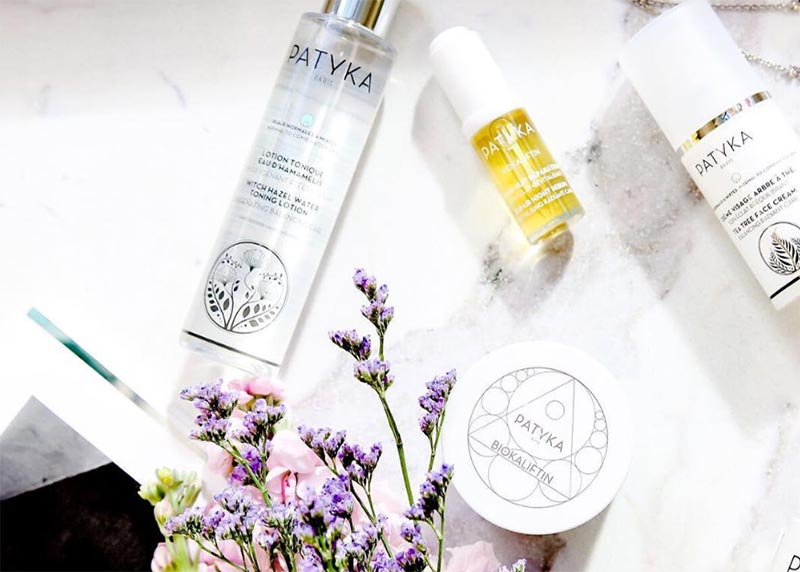
If you’re using a different product that contains witch hazel, like a mask, an exfoliator, or a cream, then simply follow the use directions on the product’s container.
- For evening time, start off by cleansing your skin thoroughly. Since witch hazel toners will balance your skin’s pH, it is okay to use a cleanser that has a pH that is higher than the 5.6 I would normally recommend sticking to. All kinds of cleansing methods are acceptable, including oil cleansing. You can skip cleansing in the mornings.
- Saturate a cotton pad with your witch hazel toner of choice, or even with just the pure witch hazel hydrosol.
- Wipe your face with the witch hazel toner, using upward motions in order to get it as close to the skin as possible.
- Some witch hazel toners can also be applied around the eyes, as long as they don’t contain any alcohol.
- When you’ve wiped your whole face, you don’t have to rinse – just apply the rest of your skin care routine on top, including essences, serums, spot treatments, and moisturizers.
Photos via Sephora, Instagram

